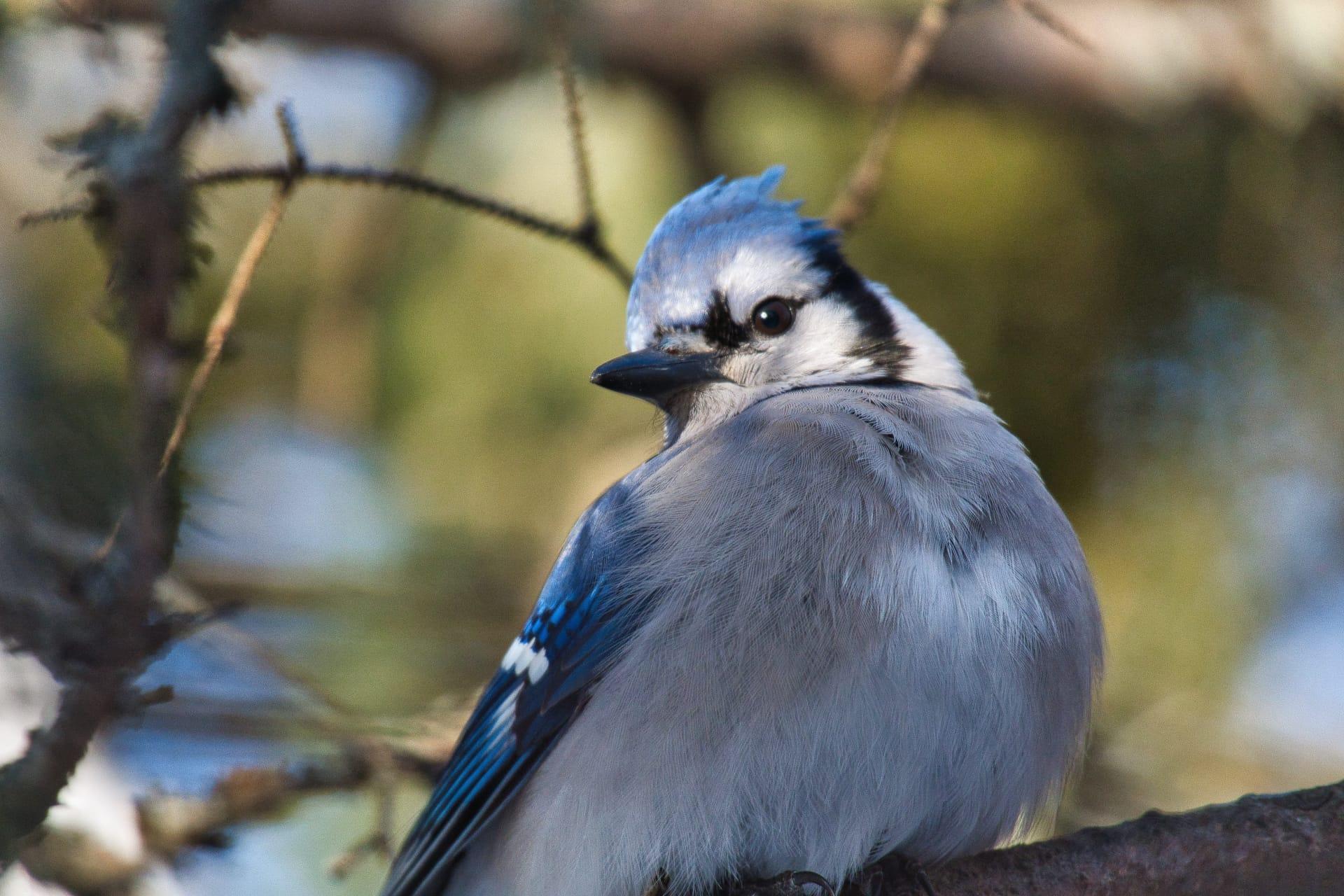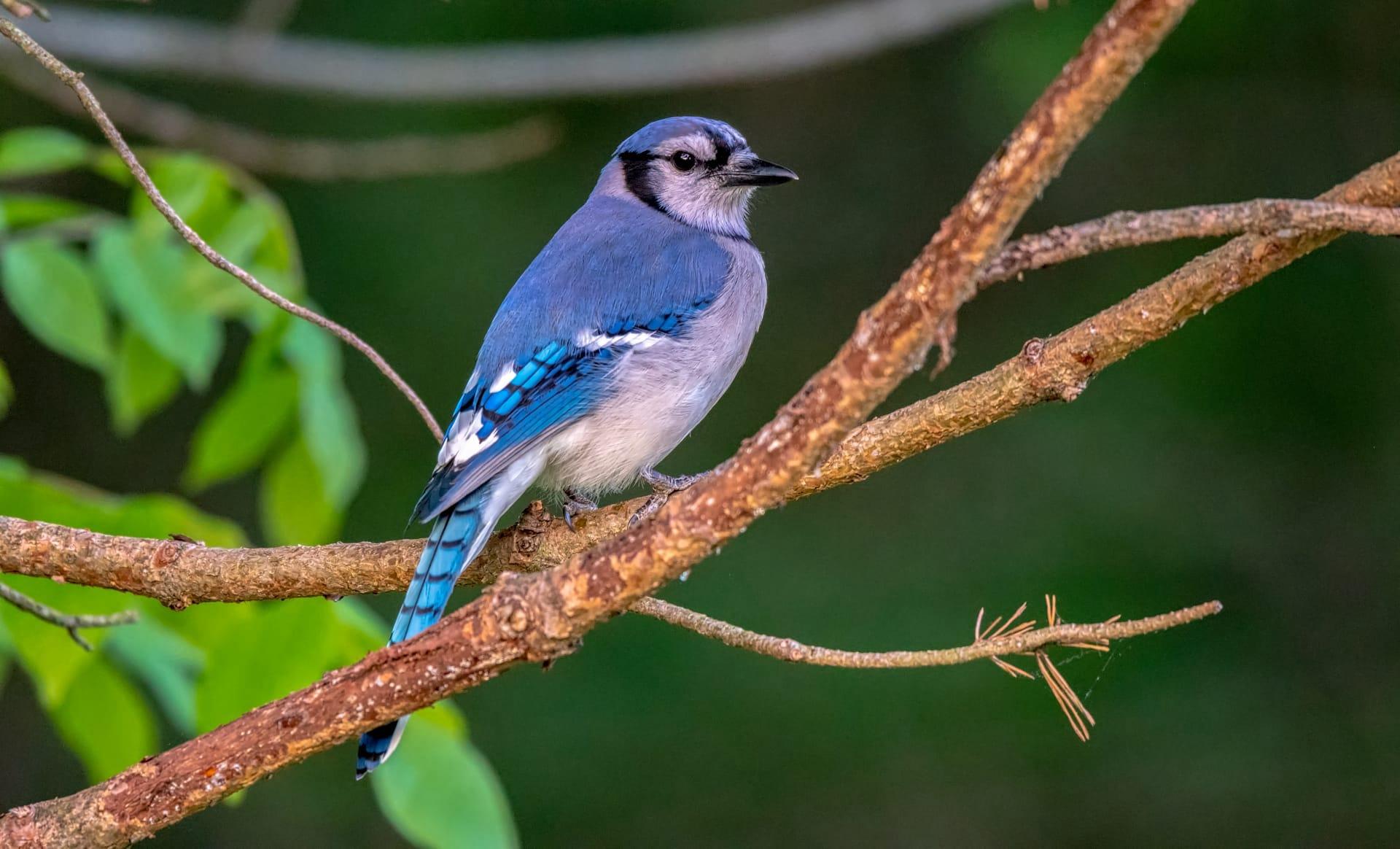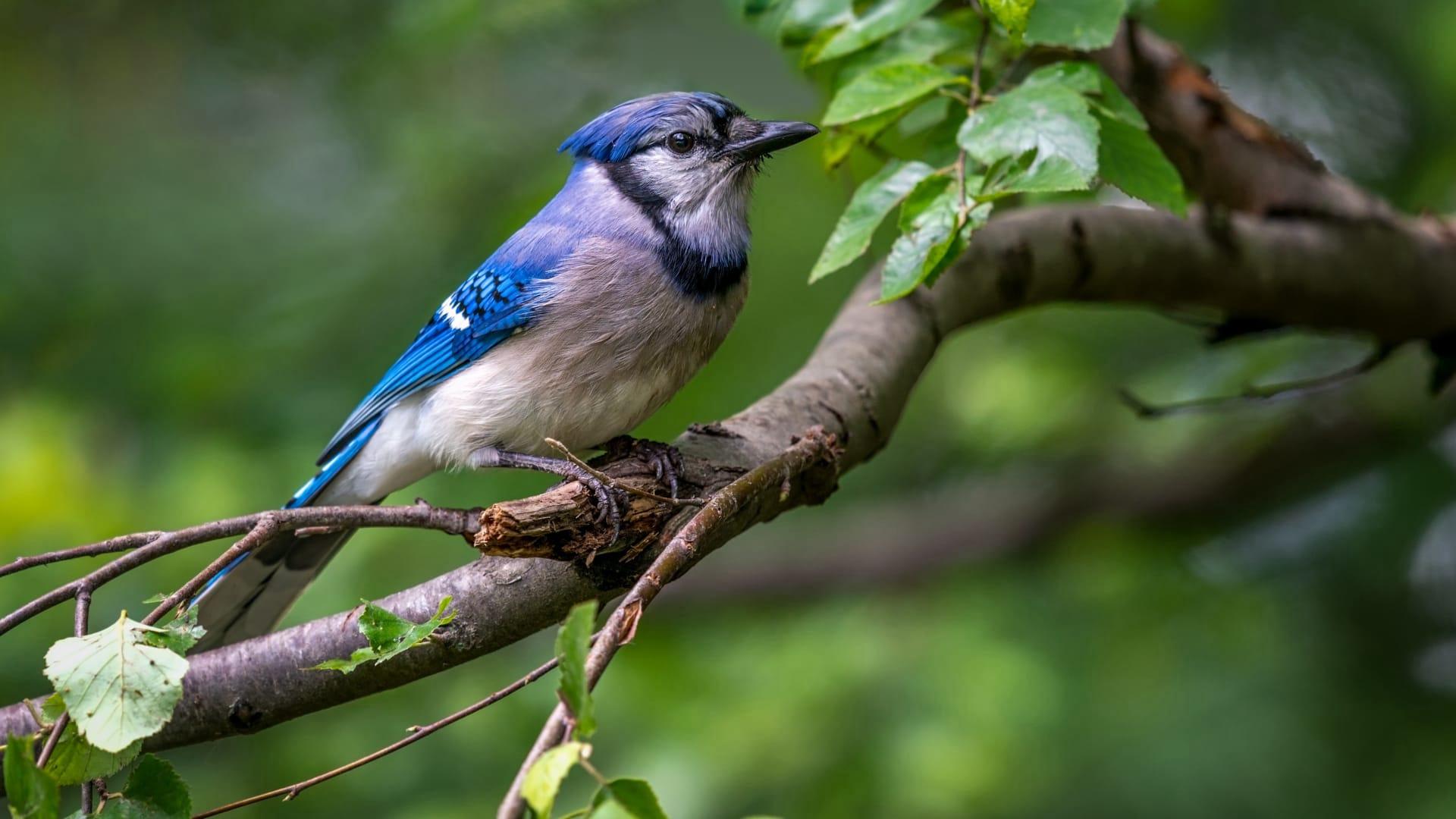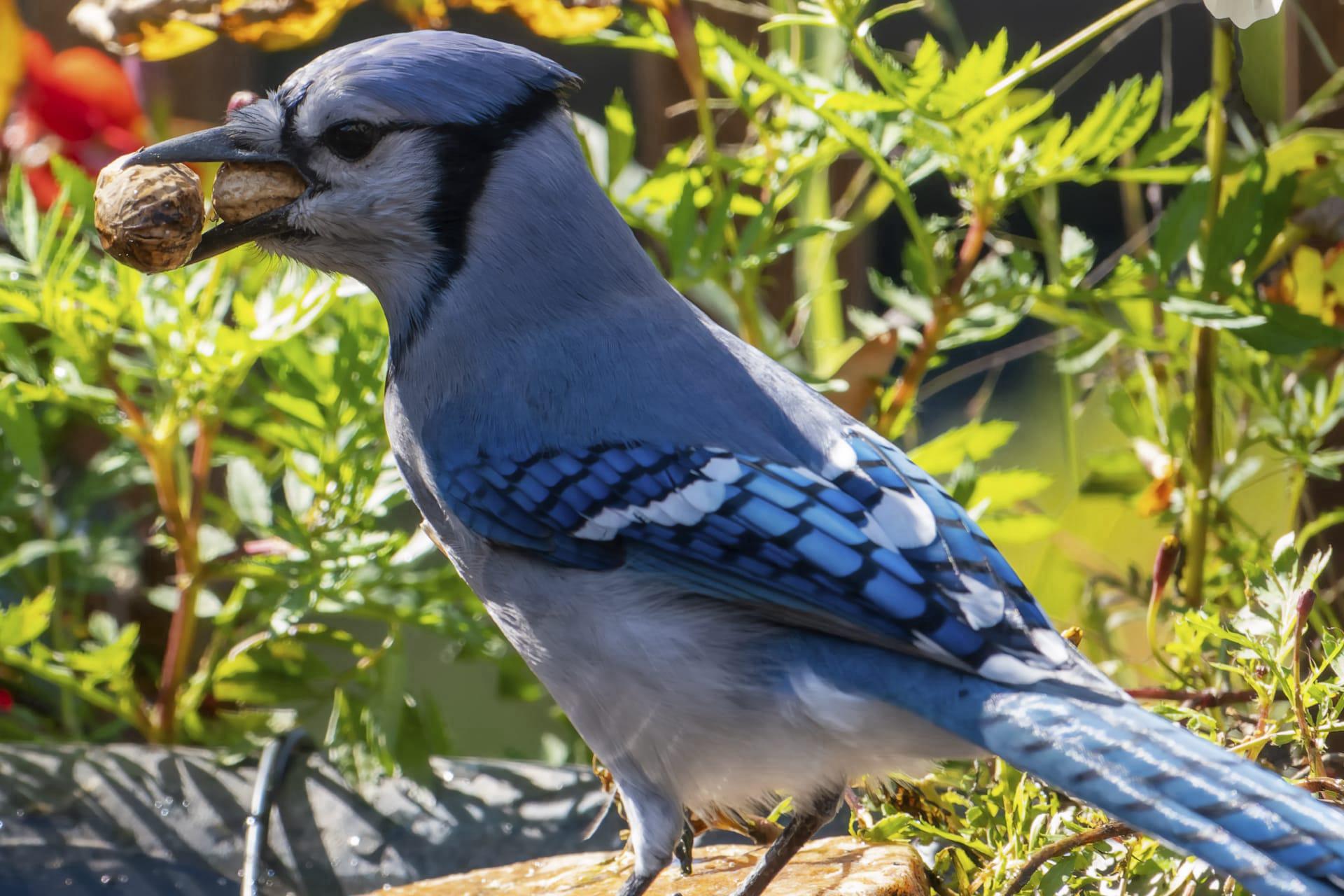Jay
- Home /
- Mini Encyclopedia /
- Animal /
- Jay
1
Jays, part of the Corvidae family, are notable for their striking appearance and intelligence. This family includes crows, ravens, and magpies. Jays are divided into several genera, with the most well-known being Cyanocitta, notable for the Blue Jay and Steller's Jay. These birds exhibit a range of vibrant colors, predominantly blue and white, with black markings. Jays are medium-sized, measuring around 9 to 12 inches in length, with a robust build and a distinct crest on their head, contributing to their distinctive silhouette.
Jay species are distributed widely across the world, with significant populations found in North America, Europe, Asia, and Africa. The Blue Jay, native to North America, prefers mixed woodlands, gardens, and parks. In contrast, the Eurasian Jay, found throughout Europe and parts of Asia, adapts to various habitats, including dense forests and urban areas. Jays in tropical regions, like the Green Jay in South and Central America, inhabit rainforests and thickets. Their adaptability to different environments is a testament to their survival skills, allowing them to thrive in diverse ecological conditions.

2
Question: Do jays steal and hoard shiny objects?
Answer: This is a common misconception. Research shows that jays are attracted to bright objects, but there's little evidence of them stealing shiny items more than other objects. Jays are curious and may investigate shiny objects due to their noticeable nature. However, their primary interest lies in food and nesting materials. The myth likely arose from observing their inquisitive behavior and generalizing it incorrectly. Jays are, in fact, more focused on collecting food, which they often bury to eat later, a behavior known as caching.

3
Jays have a remarkable survival strategy centered around their intelligence and adaptability. They are known for their complex social systems and communication skills. Vocalizations are a key part of their interaction, with a repertoire that includes various calls to alert others of danger or to maintain group cohesion.
Another significant aspect of their survival strategy is their food caching behavior. Jays have an impressive memory, enabling them to remember the locations of hundreds of food items they've hidden away. This practice helps them survive in environments where food can be scarce, especially during winter. Their diet is varied, consisting of seeds, nuts, insects, and occasionally small vertebrates, allowing them to adapt to different food sources as needed.

4
In the ecosystem, jays play a multifaceted role. They are both predators and prey, fitting into the middle of the food chain. Their diet includes various insects, making them important for controlling pest populations. By preying on small vertebrates and insects, jays contribute to maintaining a balanced ecosystem.
Additionally, their habit of caching seeds plays a crucial role in forest regeneration. Many of the seeds they bury and forget germinate, leading to new plant growth. This activity aids in spreading plant species, contributing to biodiversity and the health of their habitats.

5
Film: A notable documentary on jays is "The Secret Life of the Jay," produced in the UK in 2015. This film explores the complex behaviors and intelligence of Eurasian Jays, delving into their social structures, communication methods, and problem-solving abilities. It provides a close look at these birds' lives, offering insights into their interactions within their environment.
Book: "The Intelligence of Crows, Ravens, Magpies, and Jays" by Candace Savage, published in the USA in 1997, offers an in-depth look into the lives of corvids, including jays. Savage explores their remarkable cognitive abilities, social behaviors, and the myths surrounding these birds, blending scientific research with engaging storytelling.
Book: "In the Company of Crows and Ravens" by John M. Marzluff and Tony Angell, published in the USA in 2005, delves into the world of corvids, highlighting their complex social dynamics and intelligence. While focusing on crows and ravens, the book also sheds light on the behavior of jays, providing a comprehensive view of these fascinating birds.